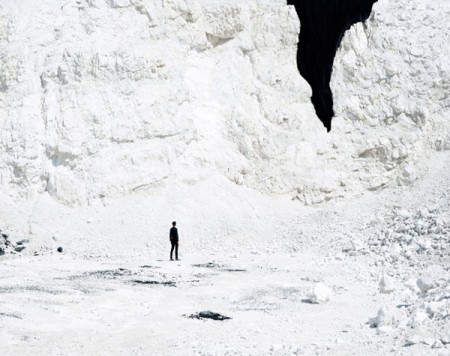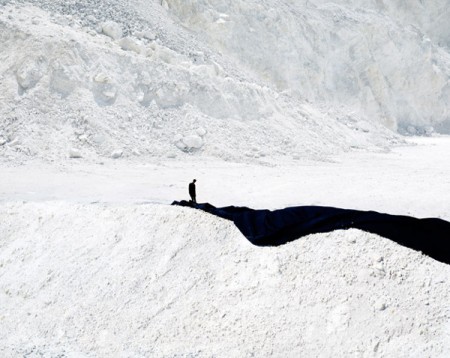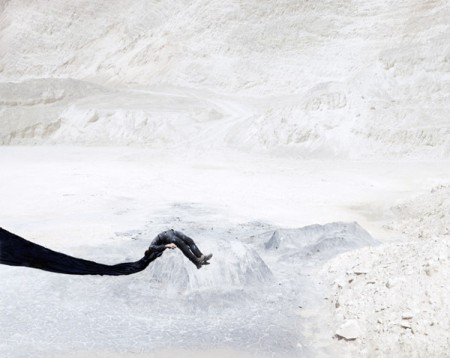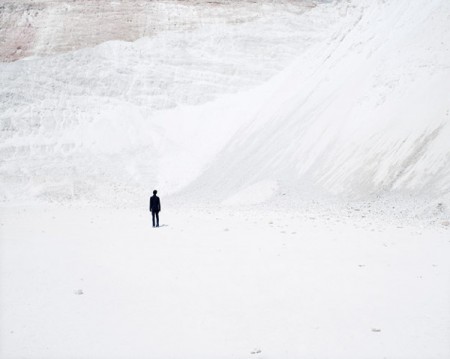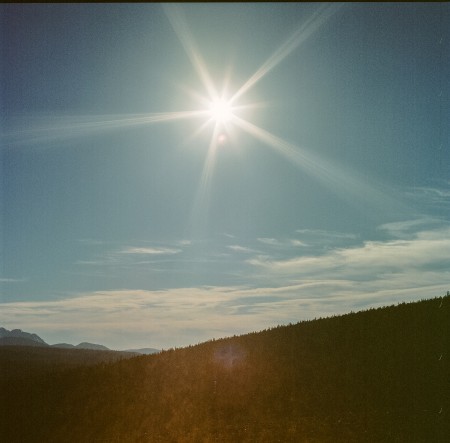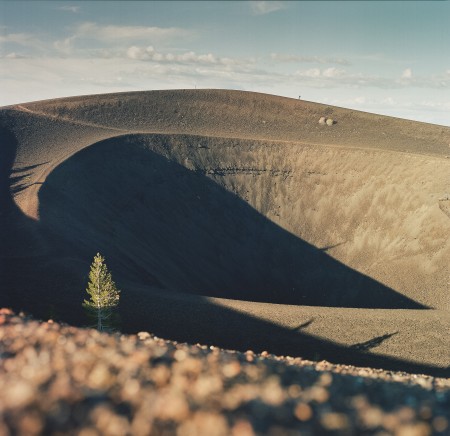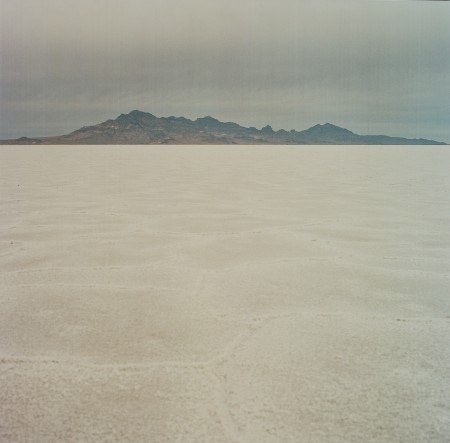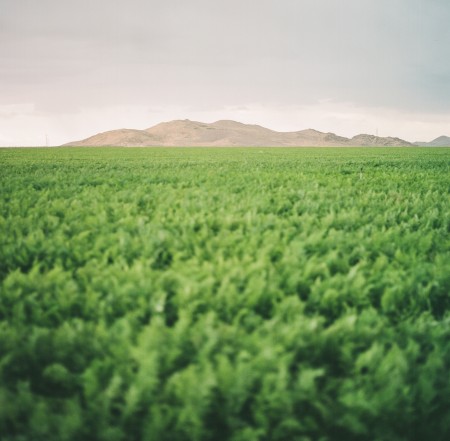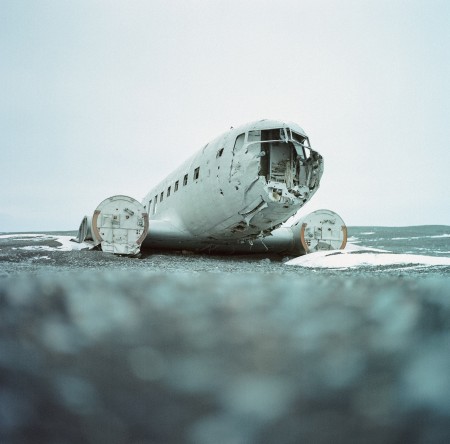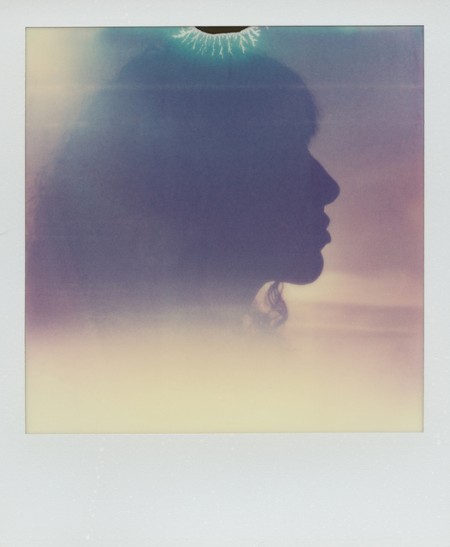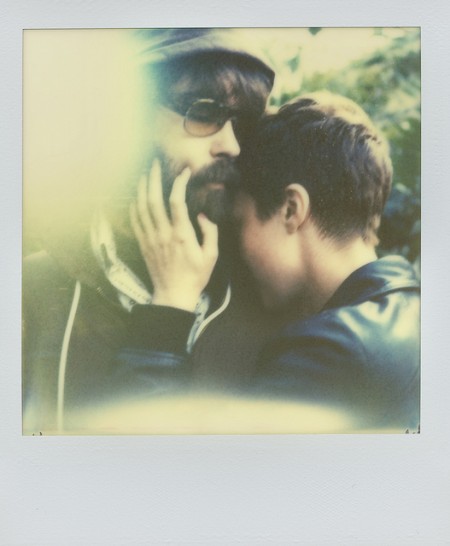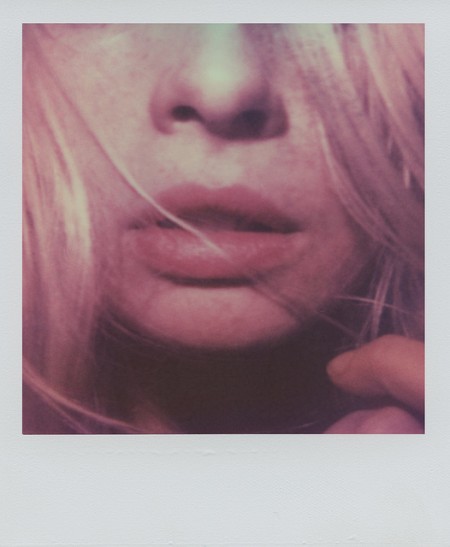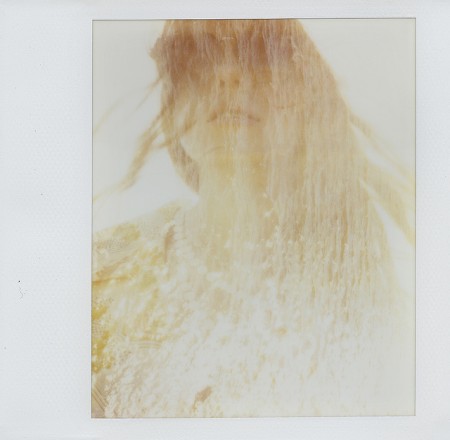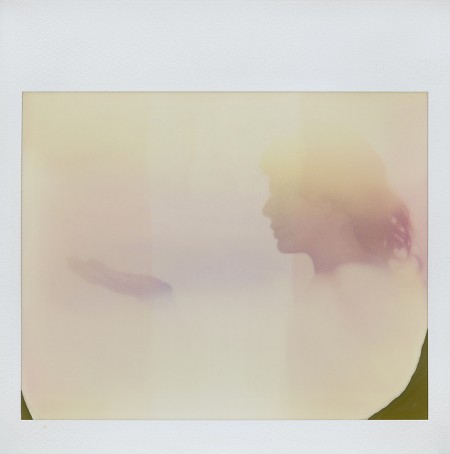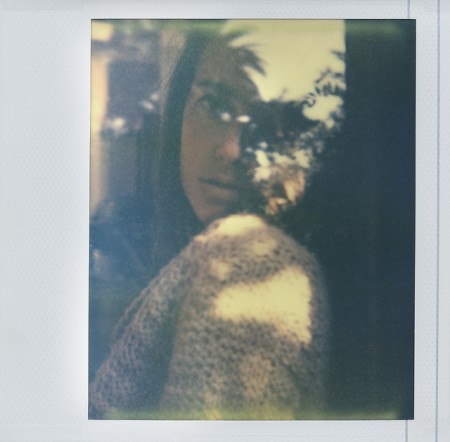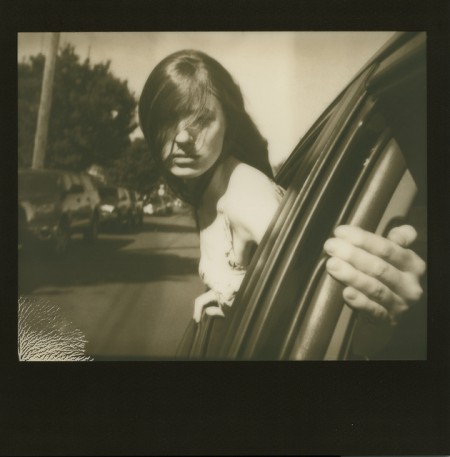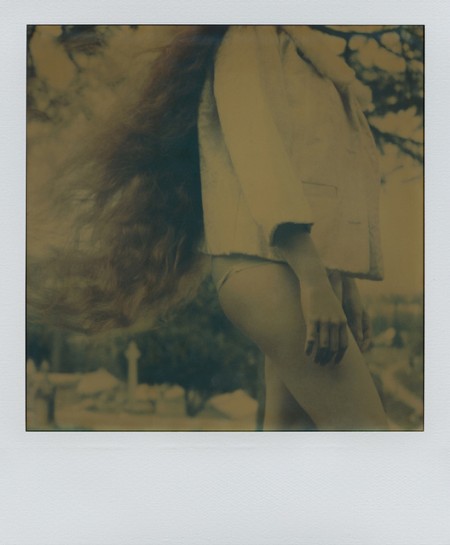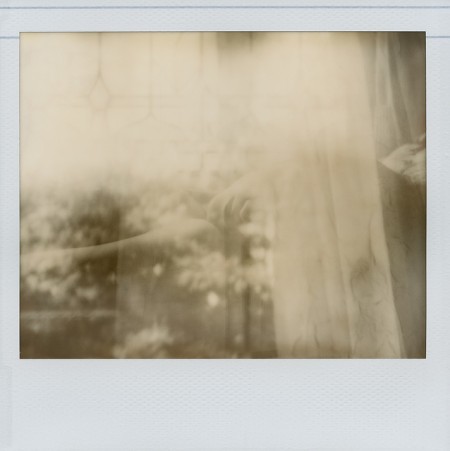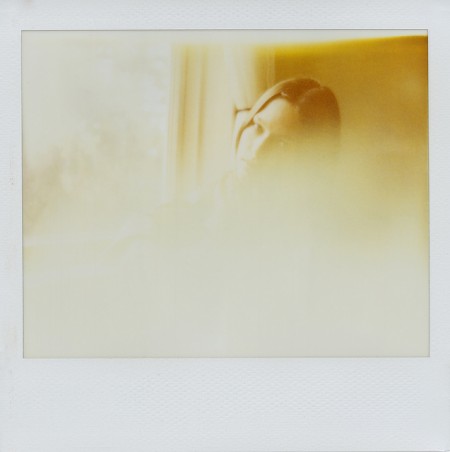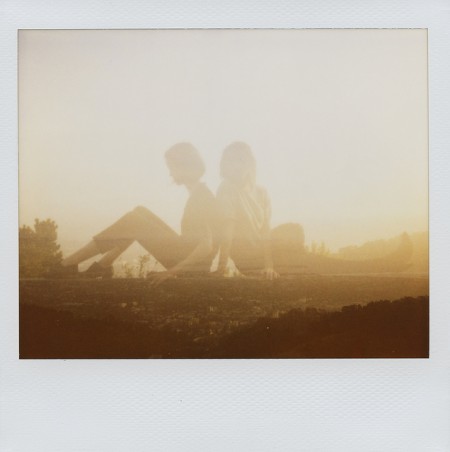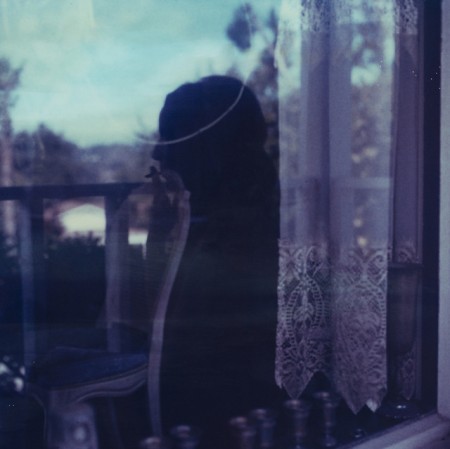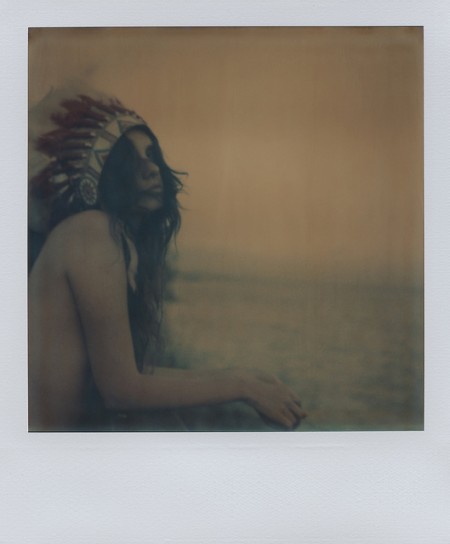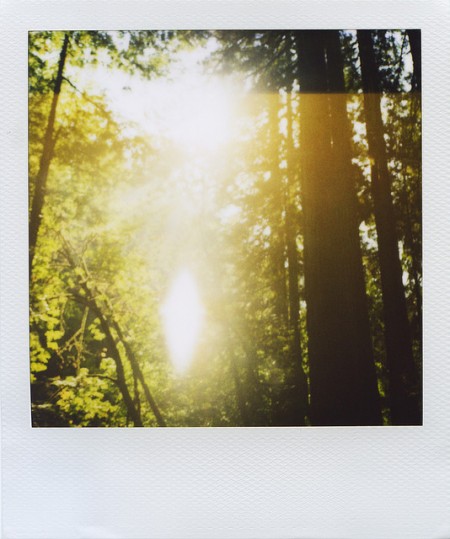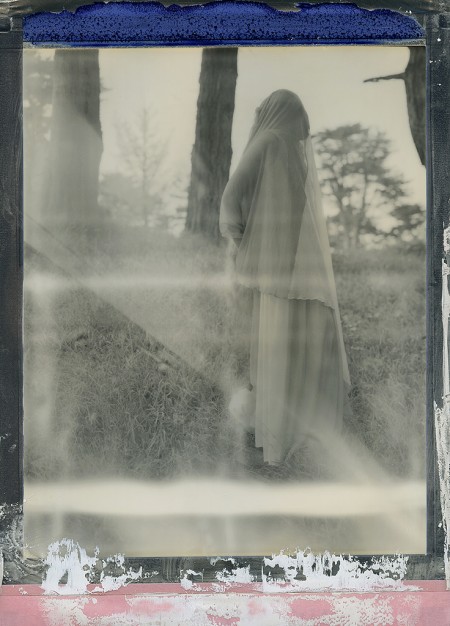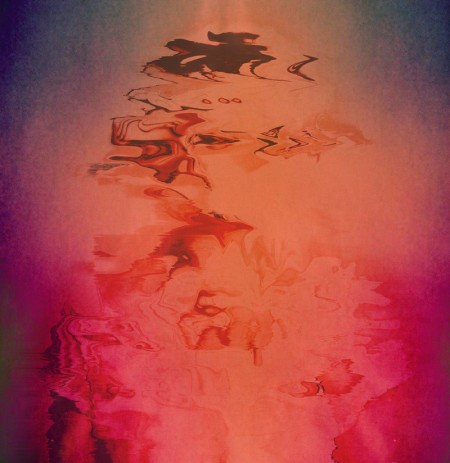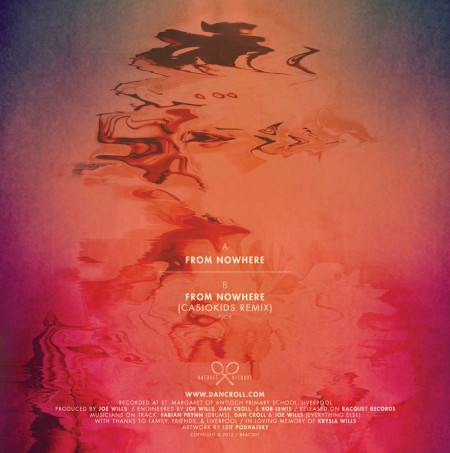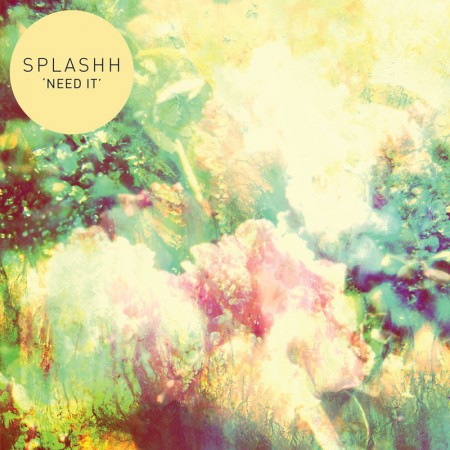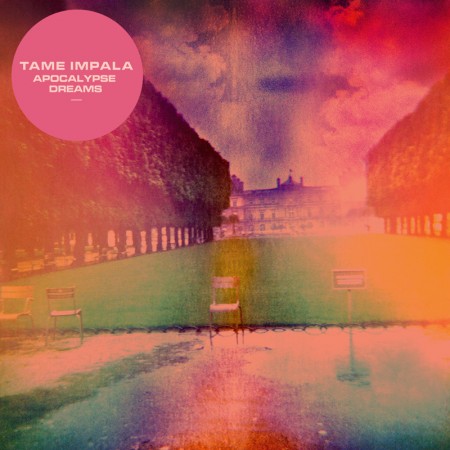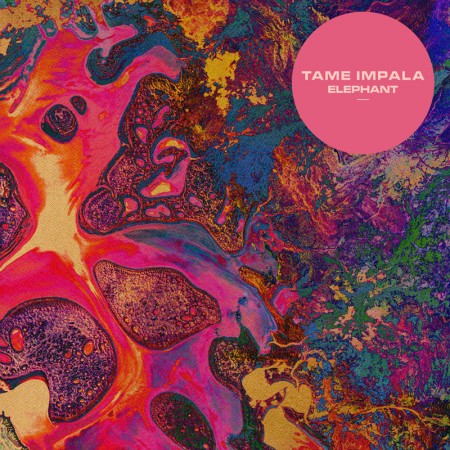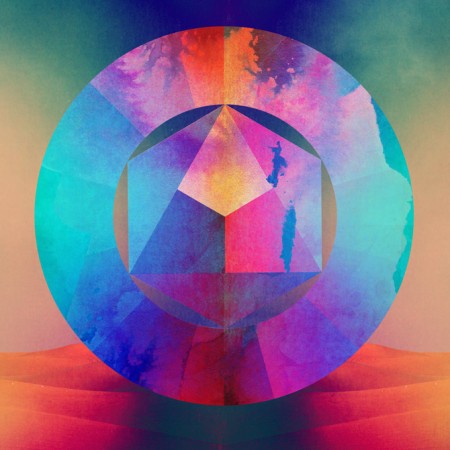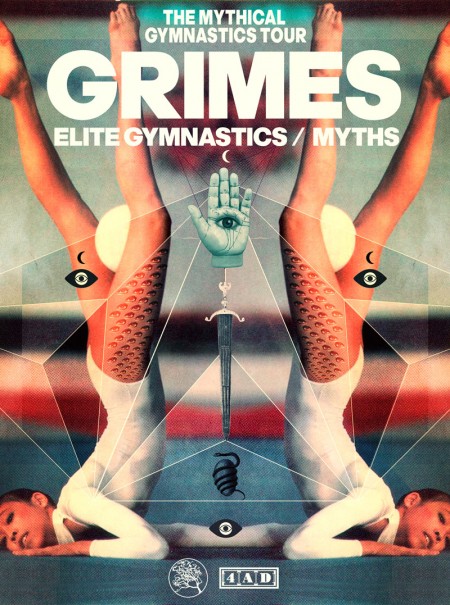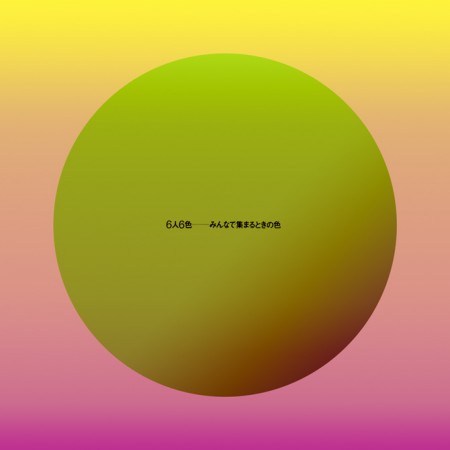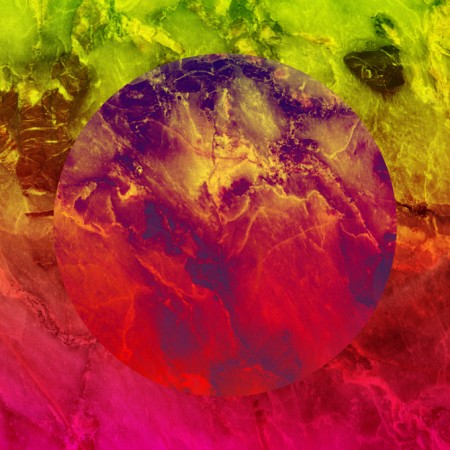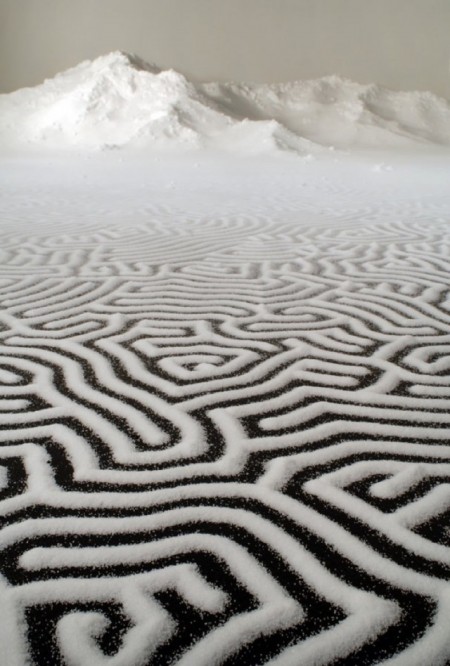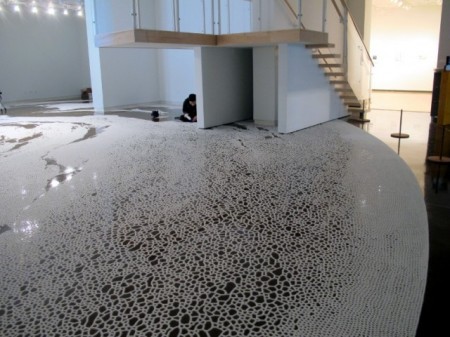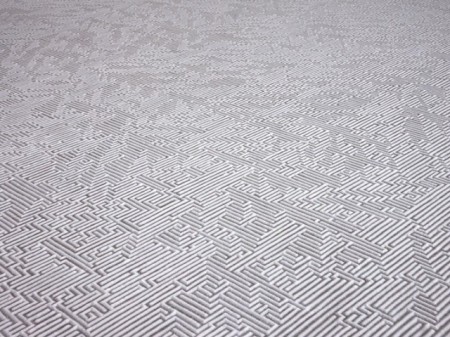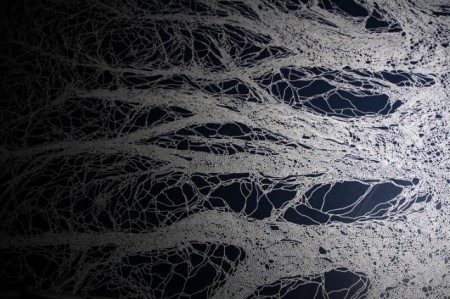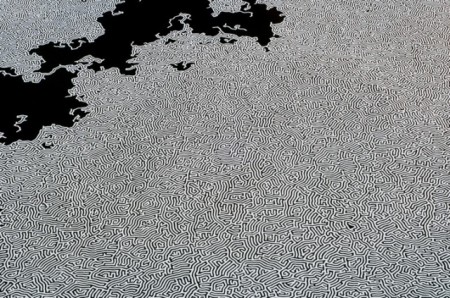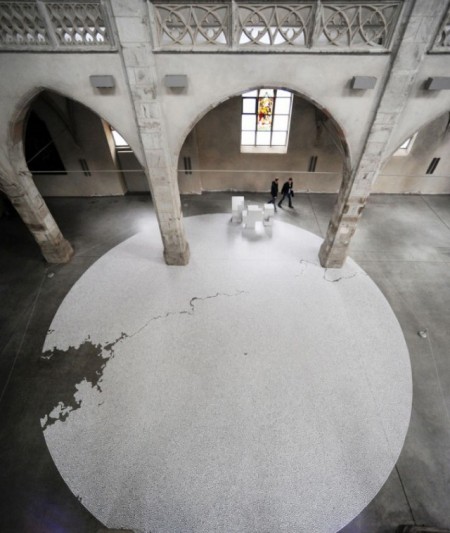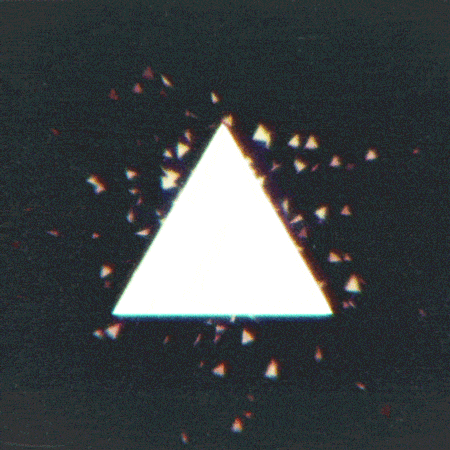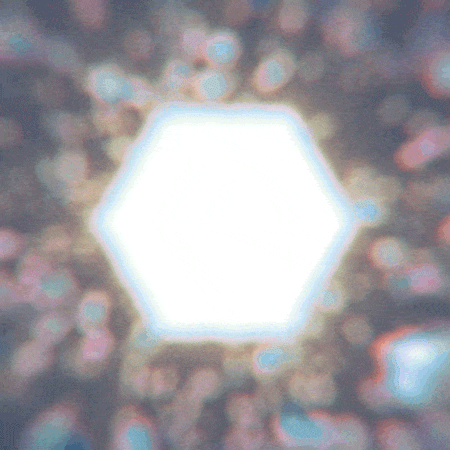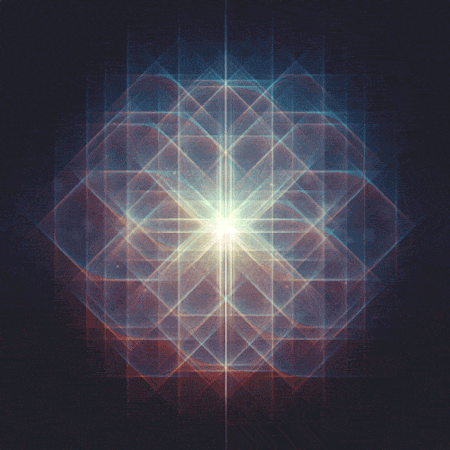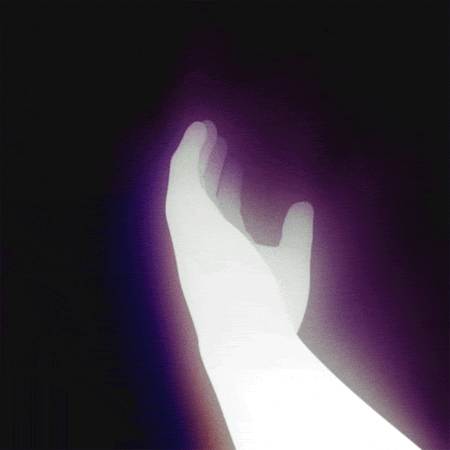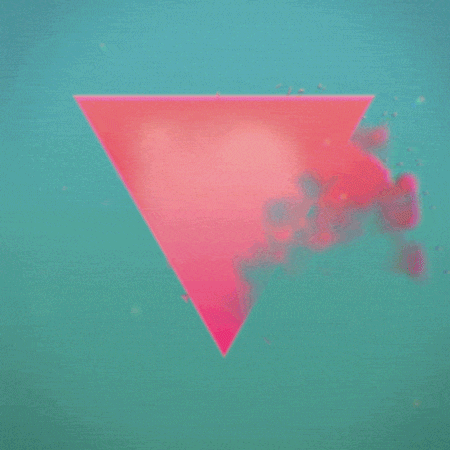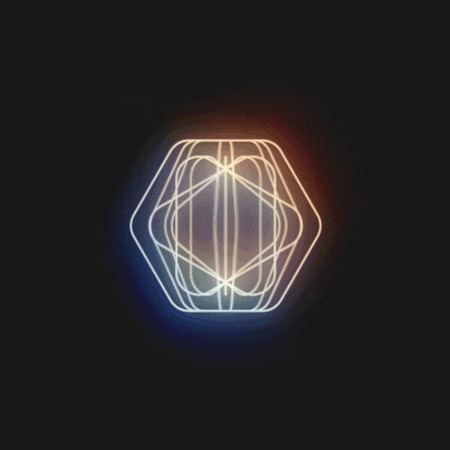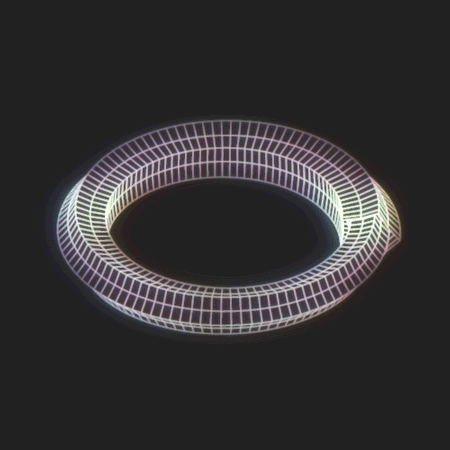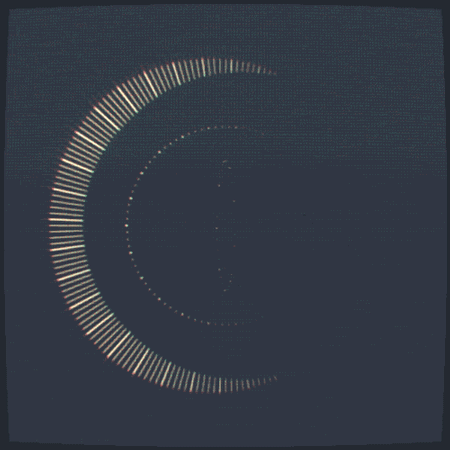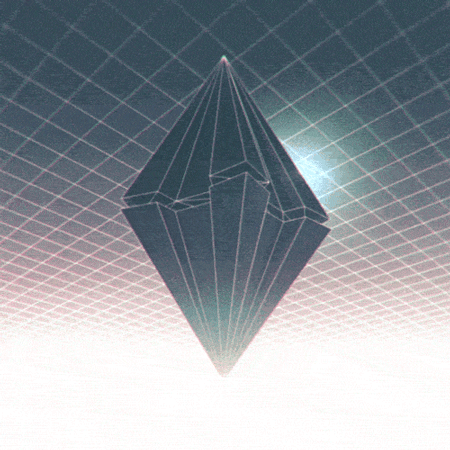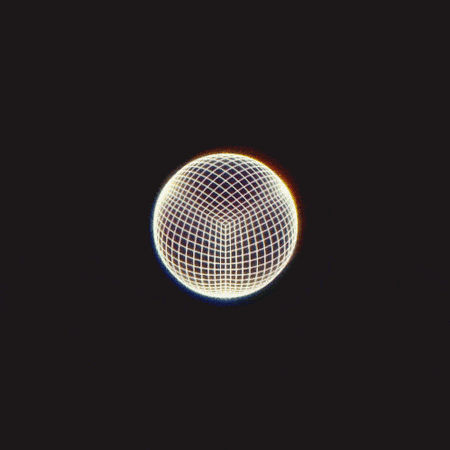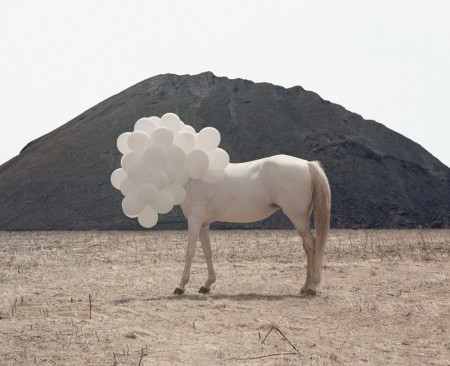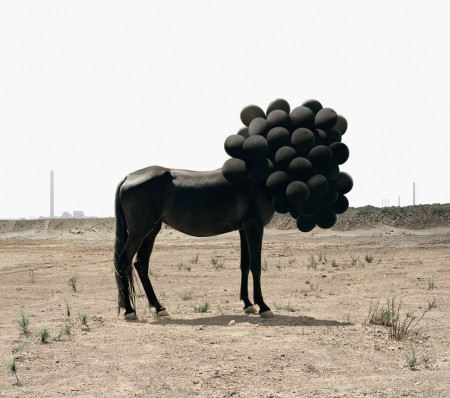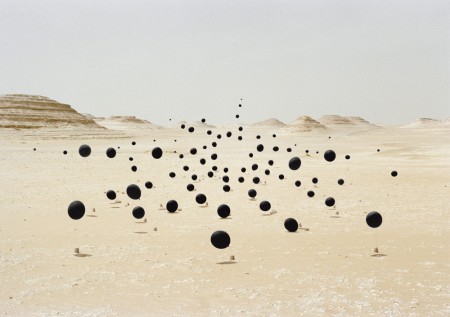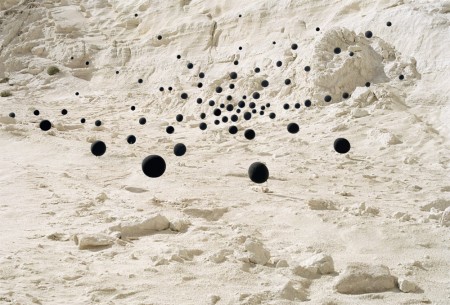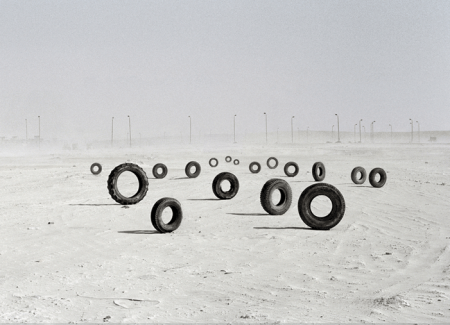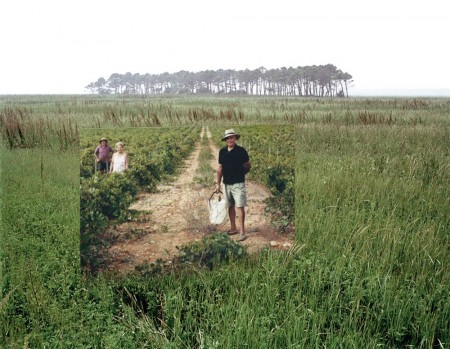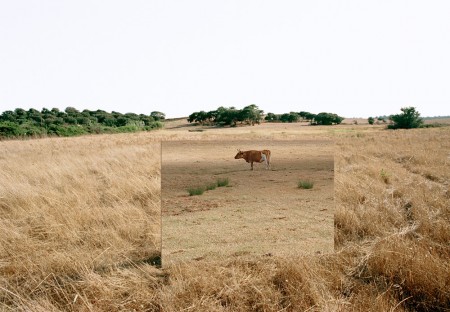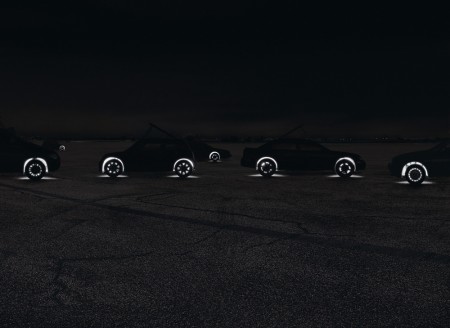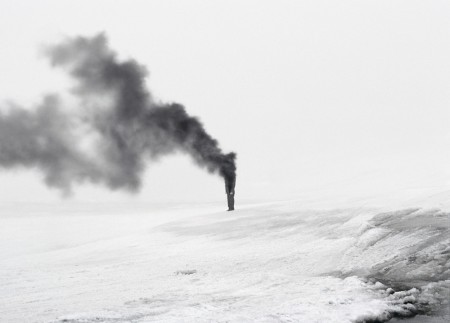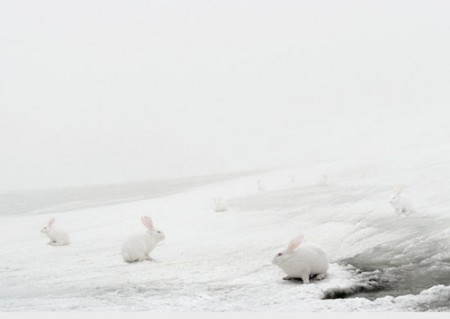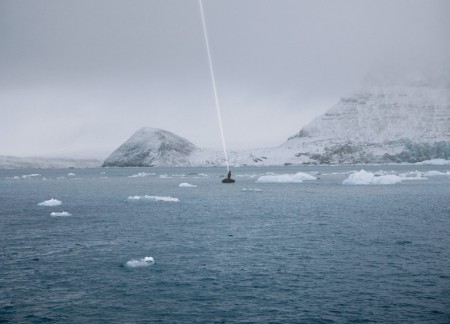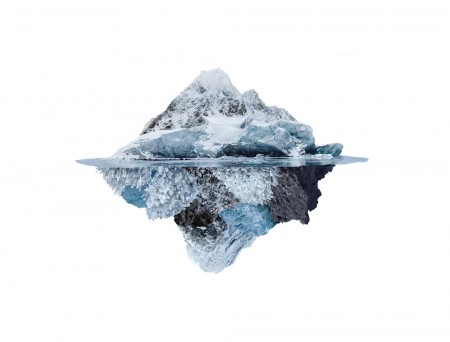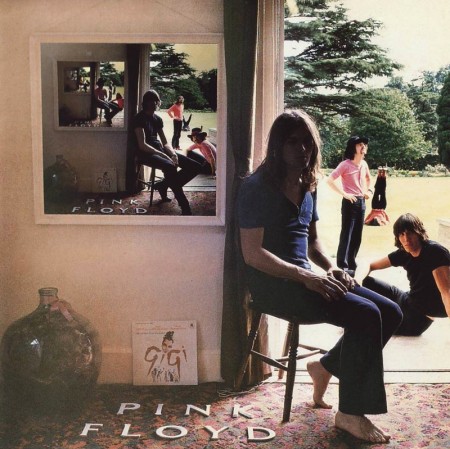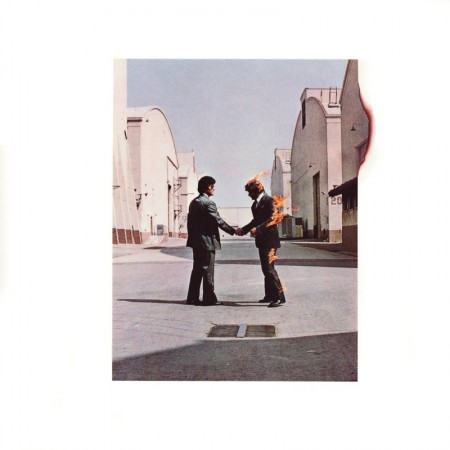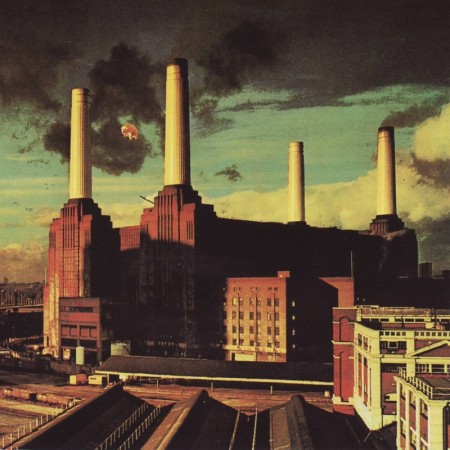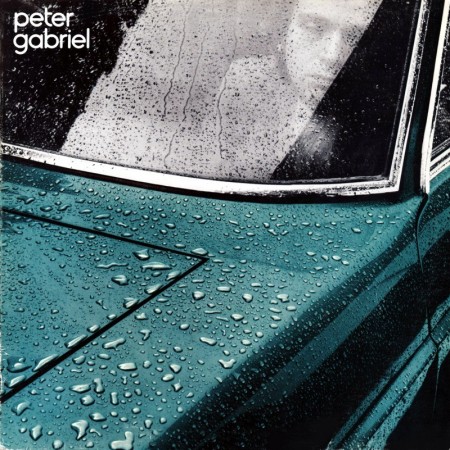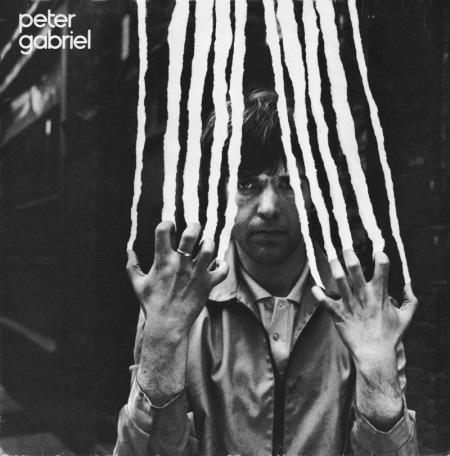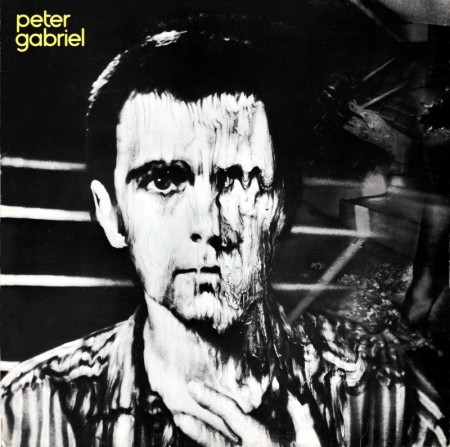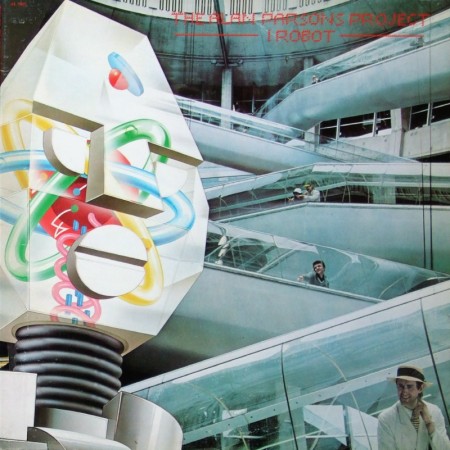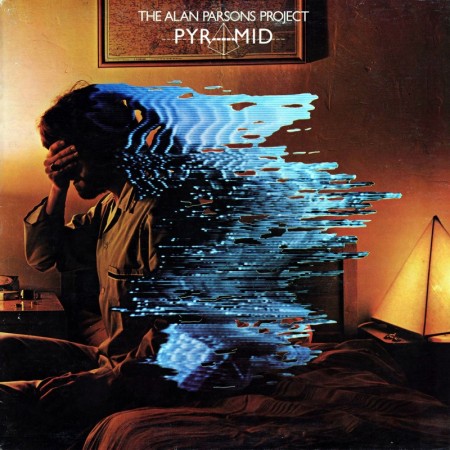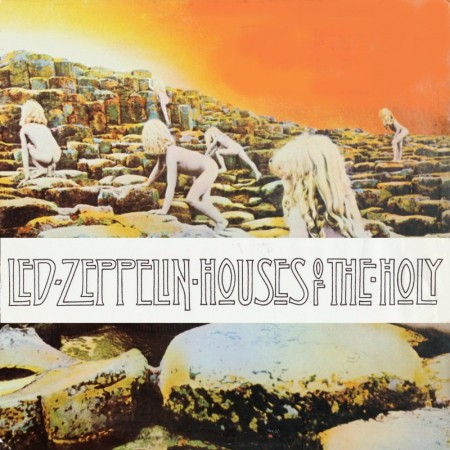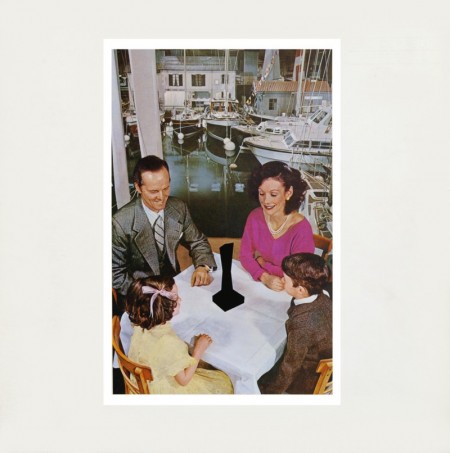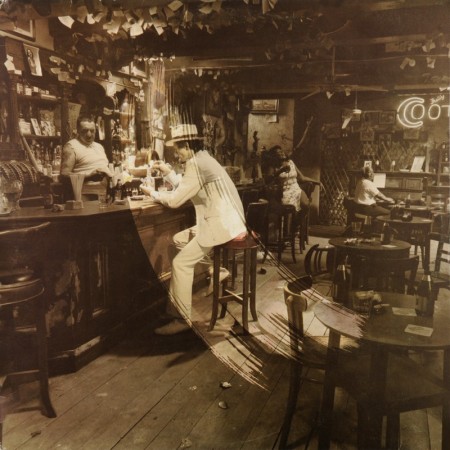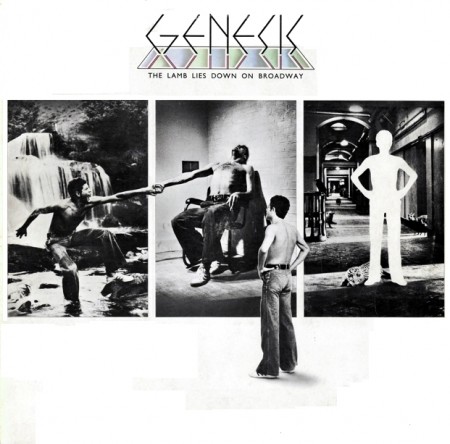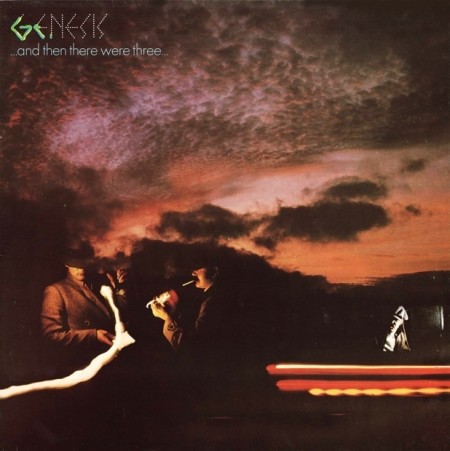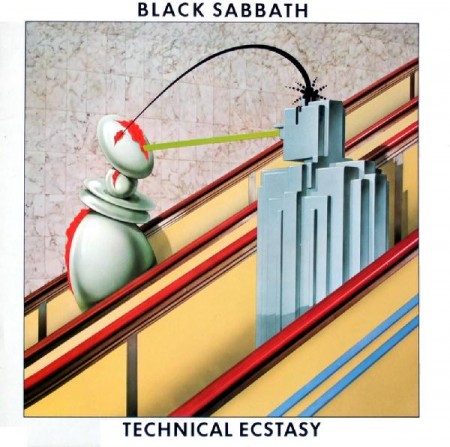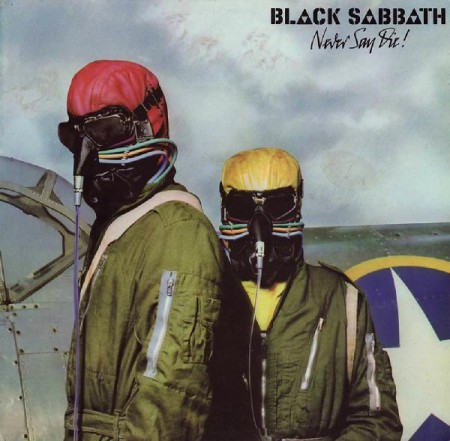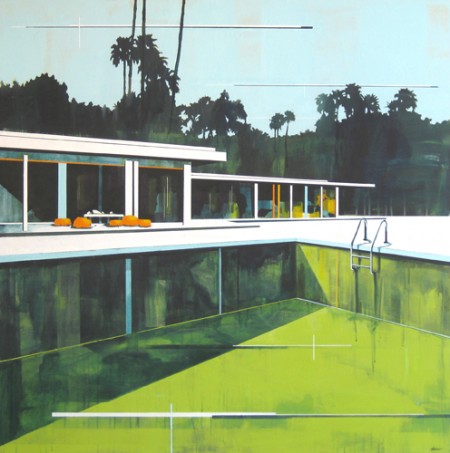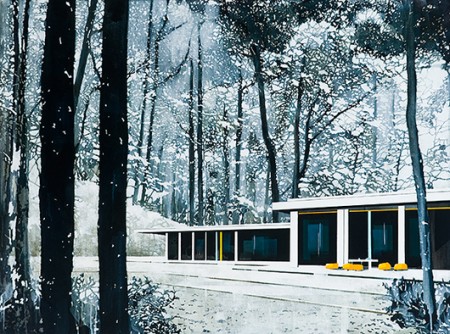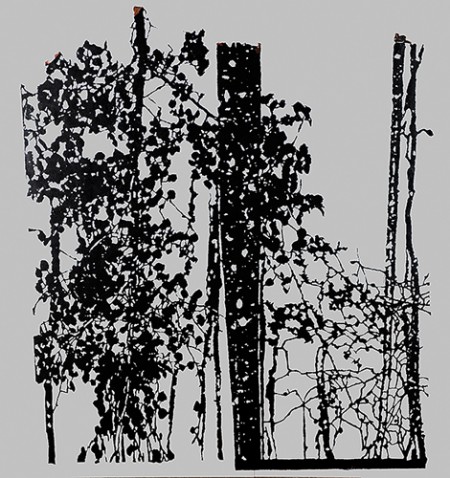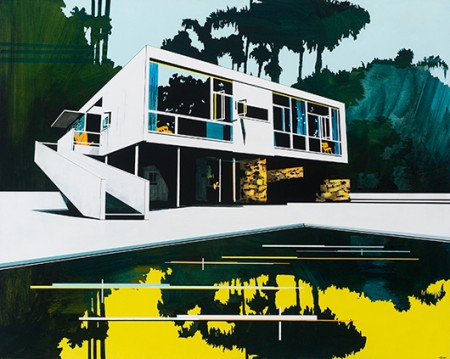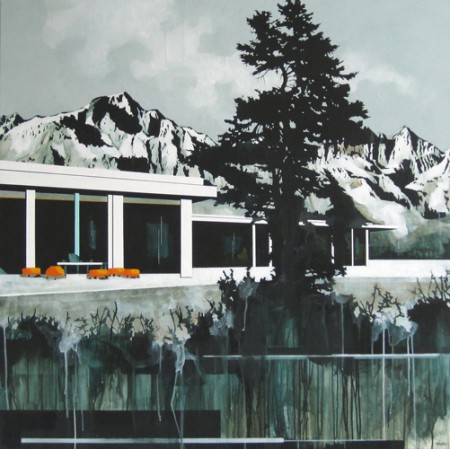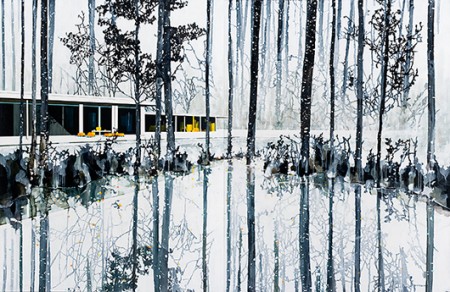With such stark contrast between the subtleties of the salt and the void created by cloth, at first blush, you’d think these were illustrations or oil paintings. Meet Shanghai artist / photographer Bence Bakonyi. There’s something so clever in how he twists your sense of medium & scale. Find more of his work on Behance.
Posts in Work
Dignity: The work of Bence Bakonyi
A tiny sphere, floating in space
In honor of this week’s discovery of a moon-sized planet smaller than mercury, here’s a selection of work from 2012 of our own tiny sphere, featuring hills, craters, flats, fields, and broken flying machines. Shot with the Hasselblad 500 C/M on Kodak Portra. See more here.
Weekend Inspiration: Chloe Aftel
My friend Cameron Ballensky has been in town visiting for a few days, so we’ve been out and about shooting loads of film. Me, mostly 35mm, him Polaroid. After seeing some of the unpredictable results yielded by certain films he uses, I was really turned on by the idea of exploring this format myself (also two of my favorite photographers, Reuben Wu and Neil Krug, have inspired this in me as well). Cameron mostly get’s all of his film through The Impossible Project, a company that now produces Polaroid film, and as I was exploring their site, I came across the beautiful work of Chloe Aftel, a Los Angeles based photographer and film director.
Browse through her beautiful body of work on Flickr.
Chloe is also part of The Impossible Project’s launch of a new instant film material for 8×10 cameras (image below). More info can be found here.
Leif Podhajsky Site Update
Blog and personal favorite visual artist Leif Podhajsky just updated his site recently, and as usual, mind blown!. Most notably: Dan Croll’s ‘From Nowhere’ 7″ artwork (first and second images).
Weekend Inspiration: Motoi Yamamoto
Japanese artist Yamamoto Motoi was born in Hiroshima, Japan in 1966 and worked in a dockyard until he was 22, when he decided to focus on art full-time. Six years later, in 1994, his younger sister died from complications due to brain cancer and Yamamoto immediately began to memorialize her in his labyrinthine installations of poured salt. The patterns formed from the salt are actually quite literal in that Yamamoto first created a three-dimensional brain as an exploration of his sister’s condition and subsequently wondered what would happen if the patterns and channels of the brain were then flattened.
Although he creates basic guidelines and conditions for each piece, the works are almost entirely improvised with mistakes and imperfections often left intact during hundreds of hours of meticulous pouring. After each piece has been on view for several weeks, the public is invited to communally destroy each work and help package the salt into bags and jars, after which it is thrown back into the ocean.
Via Colossal
Weekend Inspiration: Mr. Div
Mr. Div is Tumblr I find myself (and apparently 30,000 other followers) visiting quite often, due to the amazing world of Animated GIF’s and Motion Graphics that inhabit within, designed by Matthew DiVito.
I intend to one day hire this man for my show visuals. Above are a few of my personal favorites.
Weekend Inspiration: Andrea Galvani
Fantastic work by Italian photographer and artist Andrea Galvani. Talk about manipulating perception and reality.
Weekend Inspiration: Hipgnosis
As a kid, a lot of my time was spent either drawing or rummaging through my parents vast music collection. The latter becoming more of bed time ritual, as every night I would listen to an album(s) until I fell asleep, literally, until I fell asleep, which meant that the next morning my Dad gave me his usual: “Jonathan, you’re going to go deaf if you continue to fall asleep with those headphones on…” speech. This ritual turned to obsession when in 4th grade I received my first Sony Walkman. Night to night I would pick out a new tape to listen to. At first, I started listening to albums that I had heard my parents play on one of many weekend camping trips or long drives to our lake house, but when I started running out of familiar names, I would choose solely on a what the album’s cover looked like (unbeknownst to me at the time, this would be one of the main reasons I would become a Graphic Designer). As I got older and became more familiar with certain artists, photographers and designers, I came to realize that 90% of the album covers I had fallen in love with as a kid, were designed by a group by the name of Hipgnosis.
Hipgnosis was a British design group responsible for creating some of the most iconic and recognizable album covers of all times. Most notably for bands and artists such as Pink Floyd, T-Rex, Led Zeppelin, AC/DC, Scorpions, Yes, The Alan Parsons Project, Genesis, Peter Gabriel, ELO, just to name a few. The group consisted primarily of Storm Thorgerson and Aubrey Powell, and later, Peter Christopherson. The group would dissolve in 1983, though Thorgerson still works on album designs, and Powell works in video.
The groups approach to album design was strongly photography-oriented, and they pioneered the use of many innovative visual and packaging techniques. In particular, Thorgerson & Powell’s surreal, elaborately manipulated photos (utilizing darkroom tricks, multiple exposures, airbrush retouching, and mechanical cut-and-paste techniques) were a film-based forerunner of what, much later, can be called “Photoshopping”. Hipgnosis used primarily Hasselblad medium format cameras for their work, the square film format being especially suited to album cover imagery.
Another trademark was that many of their cover photos told “stories” directly related to the album’s lyrics, often based on puns or double meanings of words in the album title. Since both Powell and Thorgerson were film students, they often used models as “actors” and staged the photos in a highly theatrical manner. Many of Hipgnosis’ covers also featured distinctively “high tech” pen and ink logos and illustrations (often by graphic designer George Hardie), stickers, fancy inner sleeves, and other packaging bonuses. One of the unique extras created by Hipgnosis was the specially printed inner sleeve for Led Zeppelin’s “In Through the Out Door LP”, a “black and white” affair that magically turned to color when dampened with water (tying in with the main cover’s photographic theme).
The groups contribution to album cover designs and packaging can best be described as more of a legacy than anything. A legacy that definitely shaped a generation and set the bar for future album design for years to come.
Weekend Inspiration: Leif Podhajsky
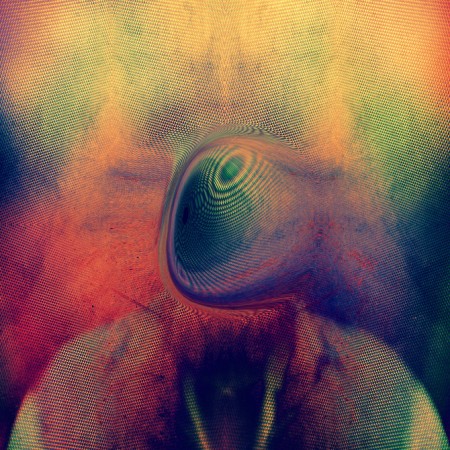
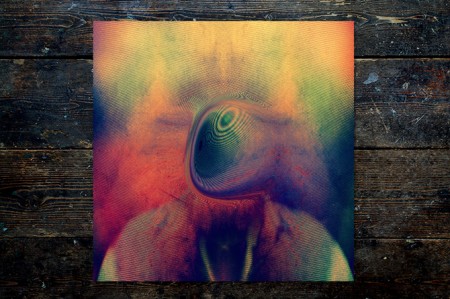
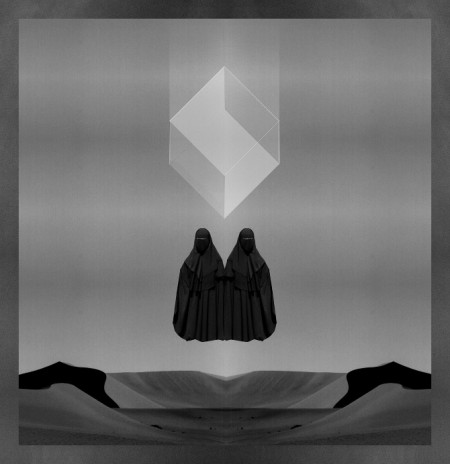
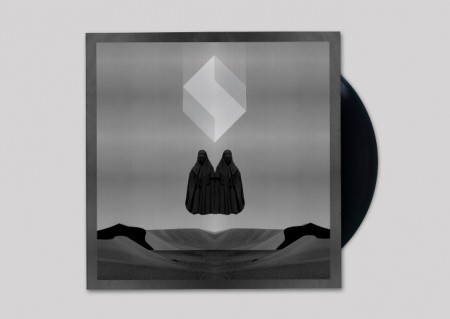
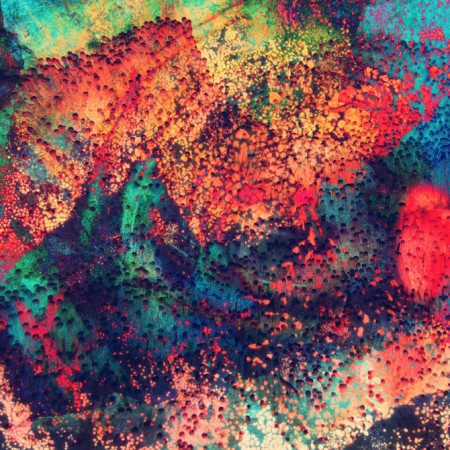
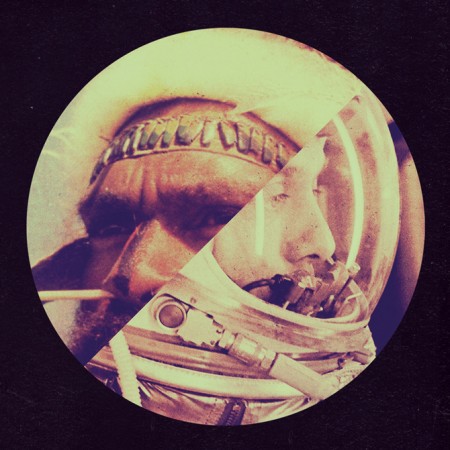
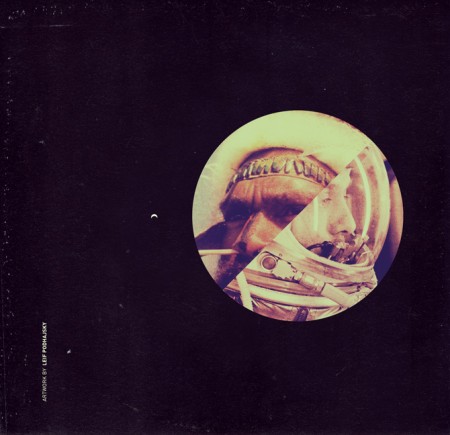
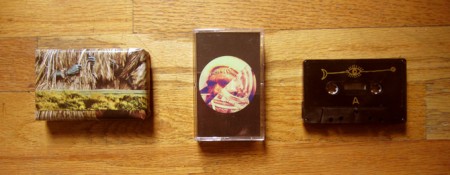
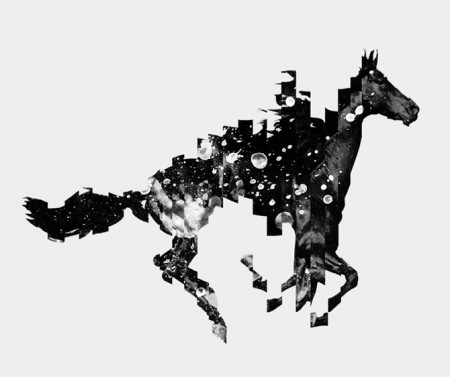
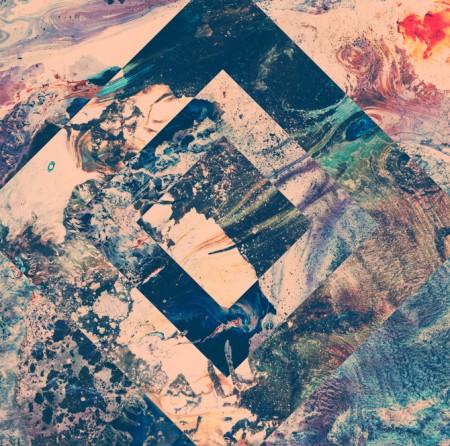
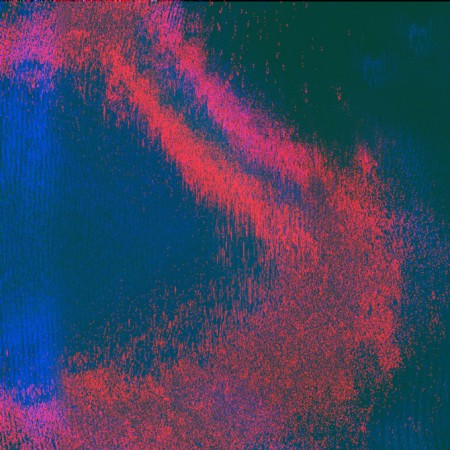
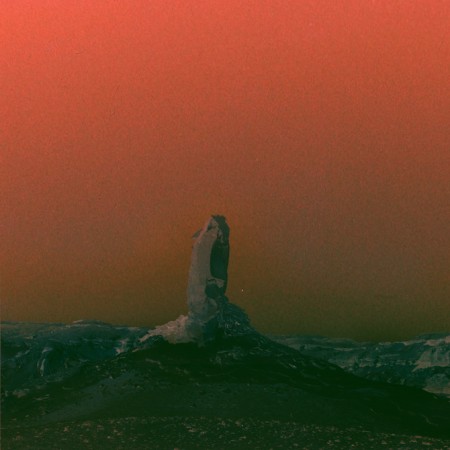
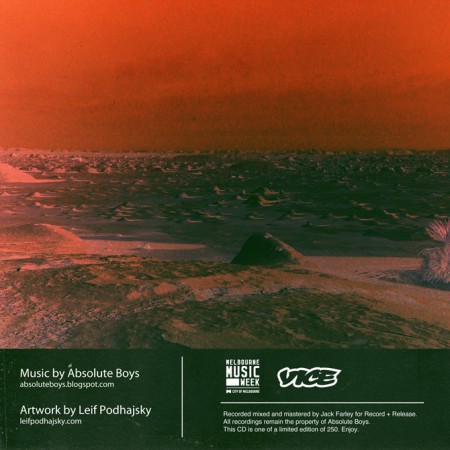
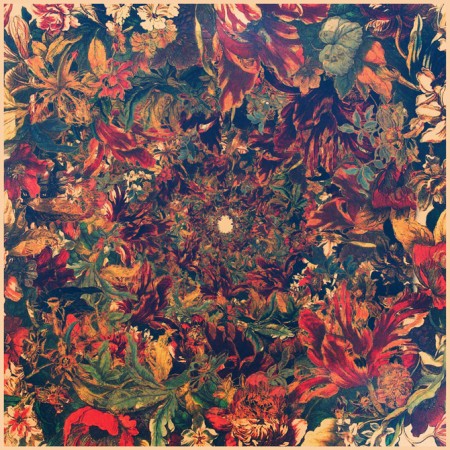
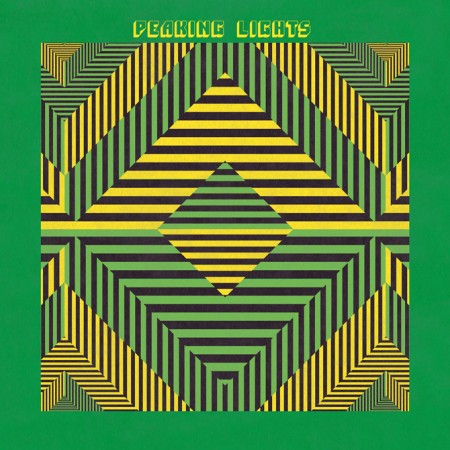
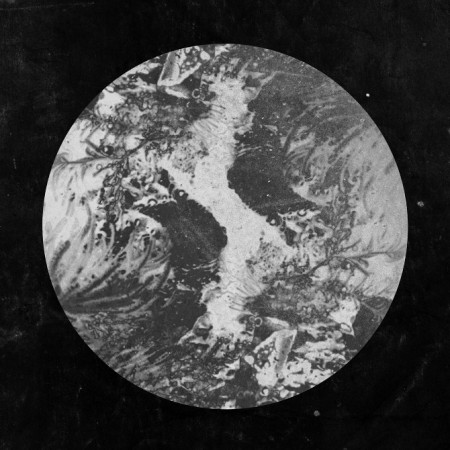
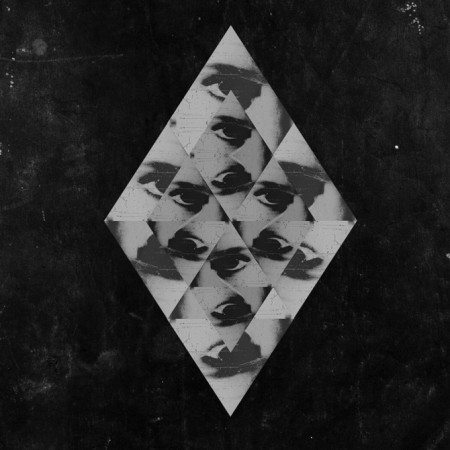
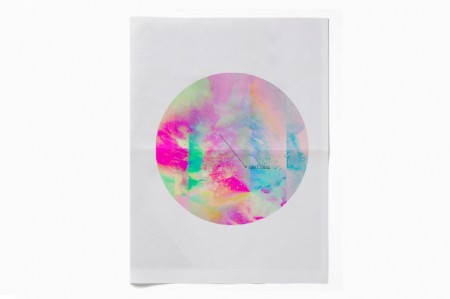
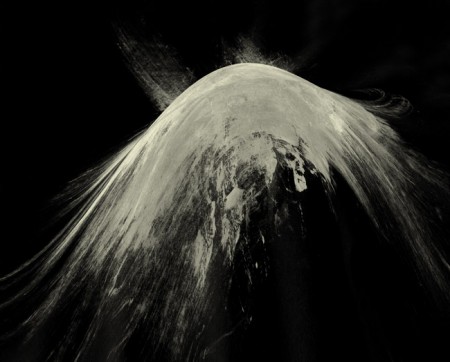
The amazing work of Australian artist and creative director Leif Podhajsky has been posted about here on the blog before, but I thought I would feature him again, this time as the subject of this week’s Weekend Inspiration. I have found myself revisiting his portfolio frequently over the past few weeks, In particular for his amazing album covers, as I’m working on a few myself.
He also launched the Melt Blog and has been experimenting with video and visuals.
Posted by B3PO
Weekend Inspiration: Paul Davies
Fascinated by the work of Paul Davies, an Australian architectural-landscape painter and sculptor. Can’t help but to find some parallels between his work and Scott’s, who both seem to have the ability to create “dream-like sequences”, through the manipulation of layers, color and texture.
In the words of Paul himself:
Much of this work has been sourced from my recent visits to America and Europe. During these visits I examined The Eames House and Schindler House, both in Los Angeles, Frank Sinatra’s holiday retreat in Palm Springs, The Bauhaus in Dessau and The Villa Savoye in Poissy. I have also visited the modernist buildings in Phnom Penh, Cambodia, by Van Mollyvan, who spent time training under Le Corbusier. Gaining access to these sites often takes many requests as some of the buildings are privately owned. I was interested in these examples of international landscapes and architecture because of the striking, atmospheric qualities I could capture when photographing them. To amplify these images, I collaged them with sourced landscape photographs, of North America’s West Coast, by Ansel Adams. Adams’s photographs, with their crisp cinematic quality, allowed me to play with the composition and to stage dramatic, non- existent scenes. The photographic images reminded me of typical holiday postcards and I have attempted to capture this in my work by intensifying the perspectives and altering the colour ways.
Although the scenes and structures that inhibit them seem picturesque, in reality, these iconic homes can often feel austere and isolated. My work investigates these images as portraits of space, devoid of human form, inviting the viewer to generate their own emotional response to the painting. The absence of people in my work encourages the viewer to wander uninterrupted through the space and appreciate the built and non-built qualities of the surrounding environment. Through my practice I have attempted to explore this concept of isolation by incorporating empty swimming pools in the picture. Throughout my school years I swam competitively and was fascinated by the vacant feeling of the outdoor pools when they were drained for winter. I recently visited David Hockney’s underwater swimming pool mural, painted in the 1980’s for The Roosevelt Hotel in Los Angeles. Hockney’s work addresses issues of space and location, and his swimming pool design is a brilliant 3D version of these concepts. This year I designed a version of Hockney’s mural, for my Father’s swimming pool, and the experience was helped by the understanding of space I learnt from my Sculpture study at NSW College Of Fine Arts. By creating my paintings devoid of people, “emptying” the swimming pools and “burning” the forests, I am attempting to convey this dislocation to the viewer and raise environmental concerns that face us today.
Posted by B3PO
